A Hyundai that’s just alien

Hyundai calls its new Kona crossover “beautiful” and “perky” … I’m not sure I’d go that far, but one thing is for certain – this is Hyundai breaking out of its conservative mould and into a bold new world of design!
Indeed, in the ultra-competitive C-segment SUV/crossover arena, the Kona will have to stand out to make a real impression… Looking rugged, bold, eye-catching – alienistic – stand out it does! Muscular haunches and strong character lines are interplayed with thick cladding, slim taillamps, a “floating” C-pillar and an intimidating front-end design.
This is Kona the alien. Those halogen-projector headlamp clusters, pushed to the extreme edge of the façade and highlighted by scowling LED daytime running light/indicator clusters above, framing a gaping grille – those inset foglamps below the fangs, ready to strike. This is a Hyundai that looks like it wants to eat anything that gets in its way!
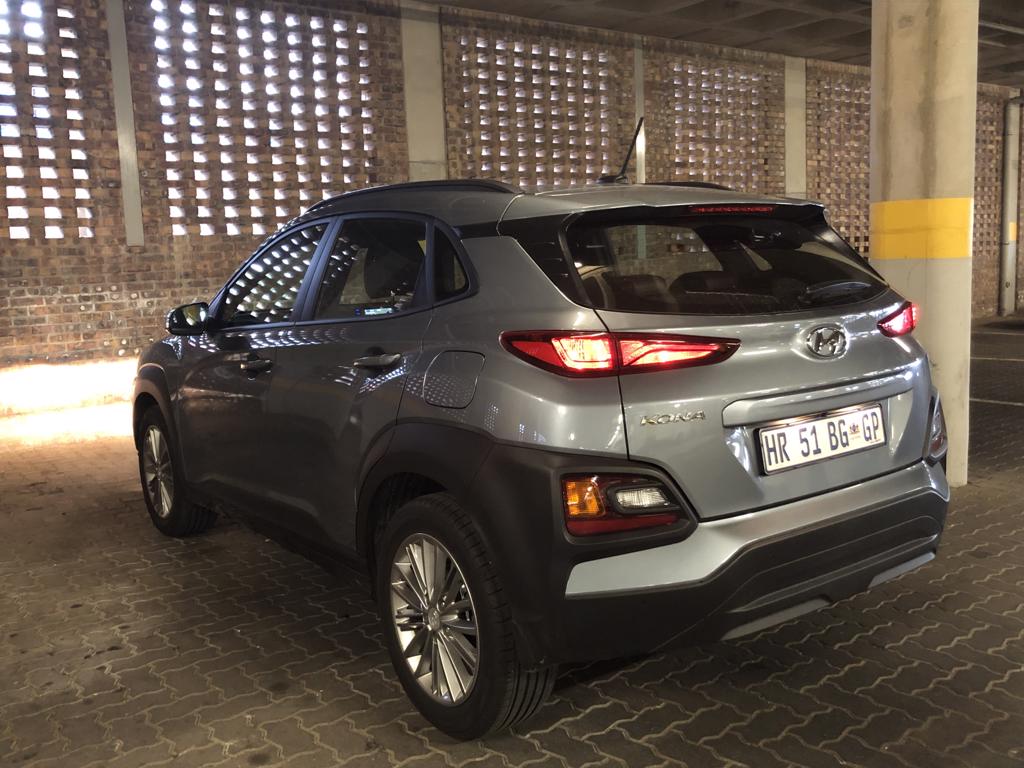
But a striking design alone does not a competent crossover make – does the Kona have what it takes in other areas to earn its keep?
Climbing aboard and the interior design might appear to be a conservative letdown compared to the extroverted body design. However, the devil is in the detail: the red accents around the air vents and gear selector, on the seats and seatbelts stand out on an otherwise black canvas – there really is minimal use of shiny stuff in this cabin. Even the door handles are in gloss black, echoed in some other elements around the cab.
The dash design itself is actually not conservative at all and its combination of swoops and creases combines with easy-to-reach controls and handy storage spaces. Overall build is sturdy and perceived quality is good, although some materials lower down (including the handbrake) don’t feel as nice as expected.
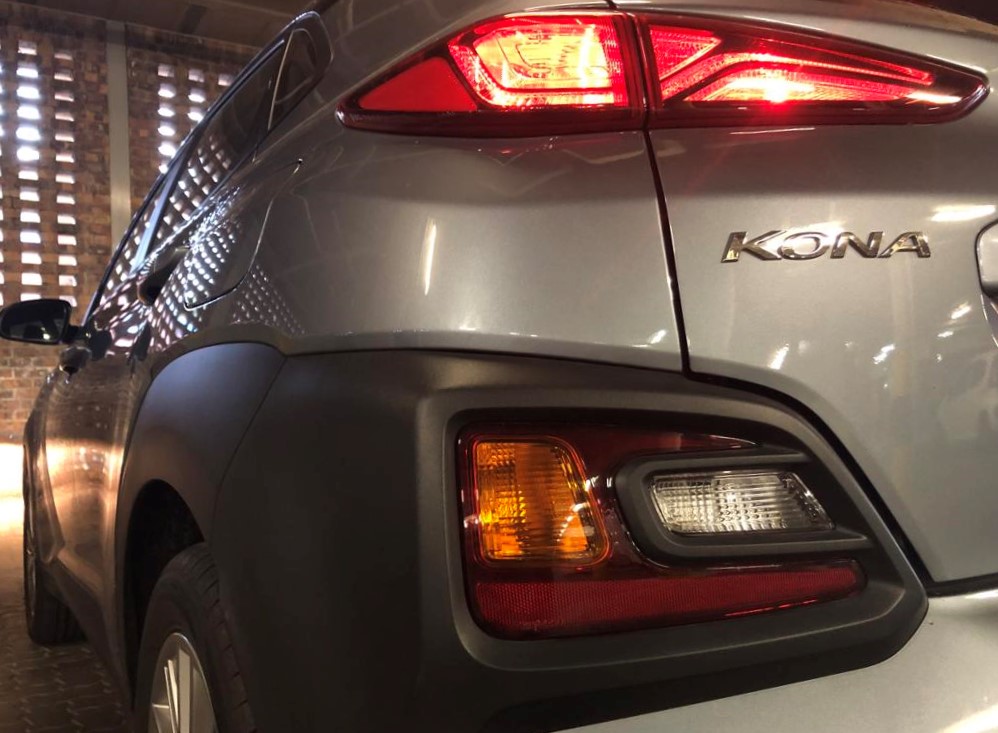
What most people will be attracted to, though, is the seven-inch infotainment system that seems to rise above and tower over everything beneath it. While navigation is not offered, this system does let users connect their smartphone via Apple CarPlay and Android Auto. It’s a simple and easy-to-use system, made even easier by the hard shortcut buttons that flank it.
Hyundai has packed the Kona with a range of safety systems that include downhill brake control (for those who want to tackle some dirt roads – its 170 mm ground clearance is one of the highest in its class) and hill-start assist; blind spot monitoring and rear cross-traffic collision warning, which combines with the handy reversing camera and rear parking sensors; two-stage traction control; six airbags; and cruise control. Only one level of spec is currently on offer – Executive.
So, what’s Hyundai’s alien like to drive then? This model was the 1,0-litre, three-cylinder turbopetrol mated to a six-speed manual gearbox. Producing 88 kW and 172 Nm torque, this drivetrain offers up enough punch for nipping around the city (or striking at prey). Speaking of consumption, Hyundai claims a combined-cycle figure of 6,8 l/100 km from this model – though my average seemed to hover around the high nines.
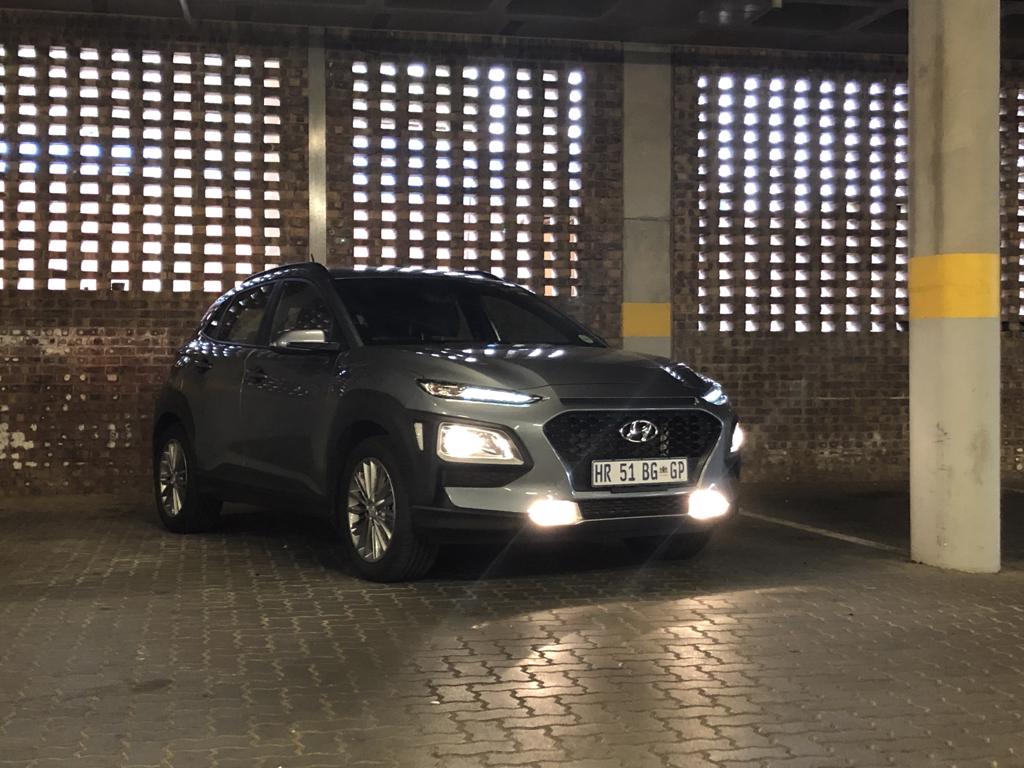
There are one or two niggles with the drive. The brakes feel horribly wooden, with minimal feel though the pedal, and the gearshift is less than desirable as the shift action is notchy and clutch travel is long – meaning it can be difficult to nail smooth, quick shifts.
(While I’m not convinced this is the best drivetrain to go for – this engine would probably do well with an autobox – most buyers would probably opt for the 2.0 Automatic anyway.)
Not that that these quibbles would necessarily bother a typical buyer of the Kona. They’d be more interested in the ride comfort; which is far firmer than it should be, but you get used to it. The upside is that the Kona steers very sharply for a crossover.
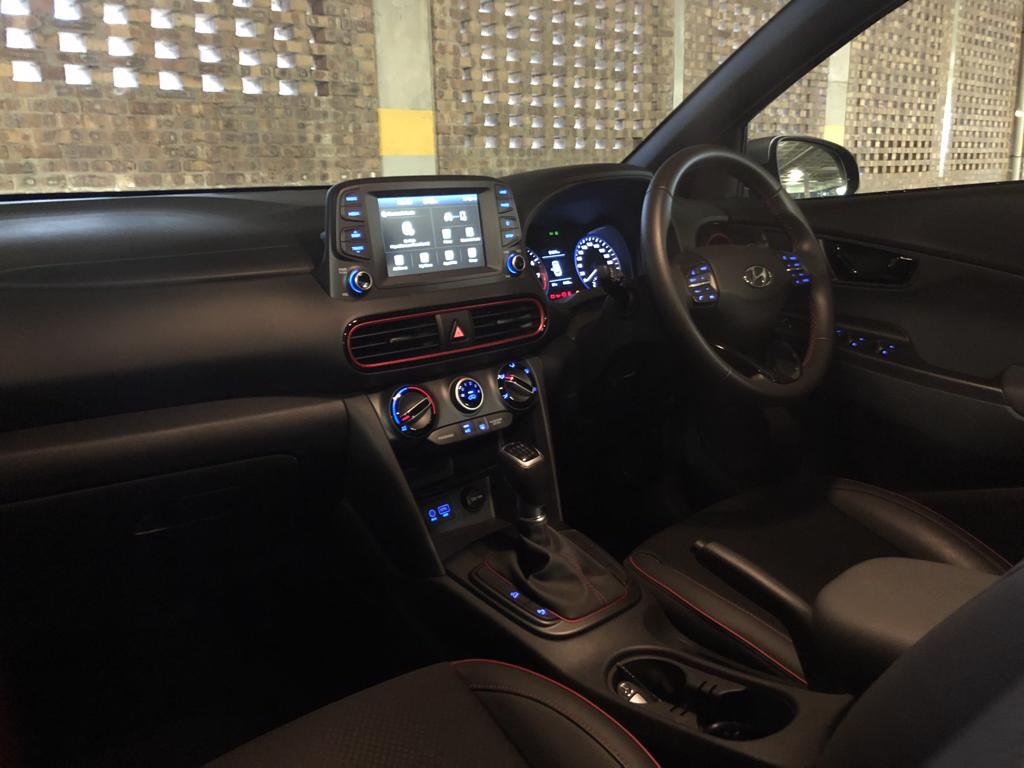
They’d also be more interested in the interior space (which is good all round) and luggage volume – which measures in at just 361 l but offers underfloor storage and a handy cargo net.
The Kona is currently the smallest of a new range of boldly styled SUVs from Hyundai, which has to be commended for pushing the envelope of its design language to create something that truly stands out. It’s only rival that comes close in terms of edginess is the Toyota C-HR (R376 600 for the 1.2T Plus).
There’s a slew of others, though, from the likes of Ford (EcoSport), Peugeot (2008), Mazda (CX-3), Renault (Captur) and Opel (Mokka X); but I have no doubt the Kona will find its fair share of buyers who want something that stands out.
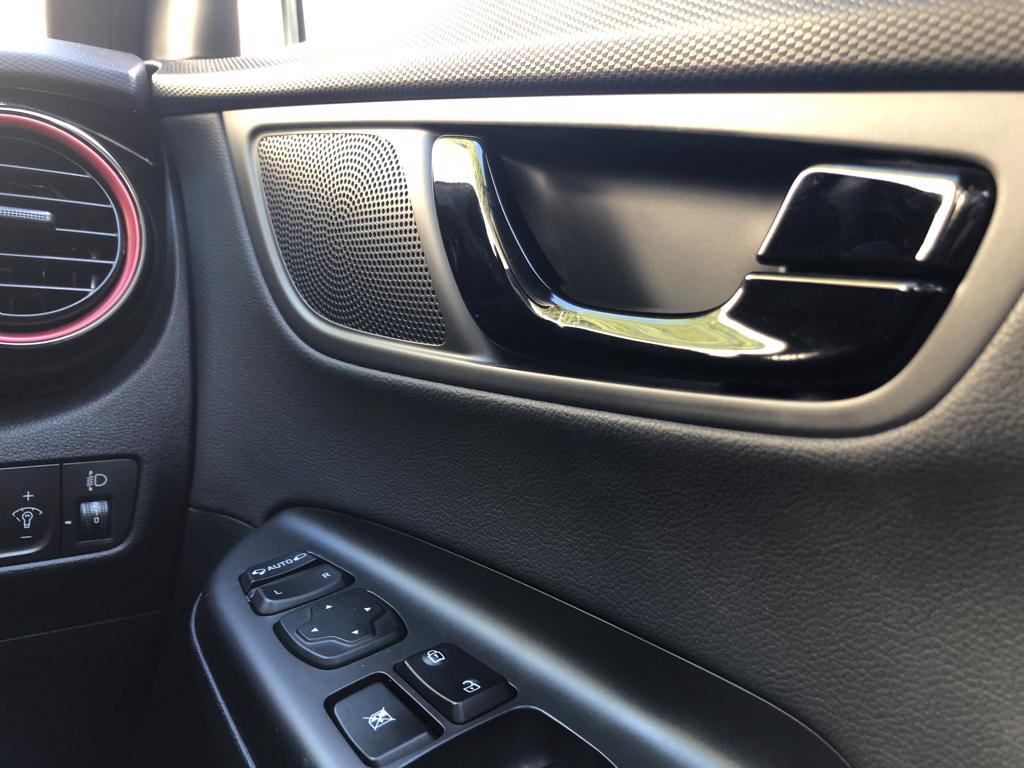
And at R379 900, the well-equipped Kona 1.0 T-GDI Executive Manual certainly stands out. Welcome, little alien!
The Kona is sold with a seven-year/200 000 km warranty; a five-year/90 000 km service plan; and five-year/150 000 km roadside assistance.
CyberStoep rating: 7/10
Published by
Charleen Clarke
focusmagsa




